Advertisement
As artificial intelligence becomes increasingly integrated into daily writing tasks, more users are seeking ways to personalize their experience with tools like ChatGPT. Beyond producing generic content, users now want ChatGPT to write in a voice that mirrors their own. Whether used for personal blogs, professional communication, social content, or academic writing, having ChatGPT align with an individual’s tone adds a layer of authenticity that readers and audiences can recognize.
Training ChatGPT to imitate a specific writing style doesn’t involve traditional machine learning. Instead, it requires thoughtful inputs, clear style references, and carefully structured guidance. When approached correctly, this process allows ChatGPT to generate content that feels naturally written by the user, even though AI produces it.
A person’s writing style reflects more than just vocabulary—it expresses their identity. Style encompasses tone, sentence rhythm, structure, and word choice. In business, it forms part of a brand. In academia, it signals credibility. Personal storytelling creates an emotional connection. When users turn to ChatGPT for help, they often want it to sound less like a robot and more like an extension of themselves.
It is especially important for writers and content creators who rely on consistency. If ChatGPT can match the user’s style, it becomes more than a tool—it becomes a collaborative writing partner.
Successfully guiding ChatGPT to reflect a personal writing voice involves a series of focused, intentional steps. Each stage contributes to refining how closely the AI can emulate tone, structure, and flow. This process doesn’t rely on technical skills but rather on consistency, clarity, and strategic content input.
When followed correctly, it allows ChatGPT to generate output that feels natural, personal, and aligned with the original author’s intent. It results in content that maintains consistency across platforms and resonates more effectively with the intended audience.

The process begins with the user collecting a set of personal writing samples. These should accurately reflect the style they want ChatGPT to mimic. Content such as blog posts, emails, opinion pieces, or even social media captions can be used. What matters most is consistency. A few short but stylistically aligned paragraphs are often more useful than a long document filled with varying tones.
Samples should be focused, well-structured, and clear in their voice. This gives ChatGPT a reliable reference to model its tone and rhythm upon.
Once samples are selected, users should identify the specific features that define their writing. This involves examining how sentences are constructed, how tone is maintained, and which words are frequently used. Some individuals favor long, flowing sentences, while others write with brevity and impact. Some prefer a formal voice, while others lean toward a more casual tone.
This reflection helps users communicate these preferences to ChatGPT. Understanding what makes a writing style unique allows for more accurate direction and, ultimately, better AI outputs. It also ensures that the content produced remains authentic, reinforcing the writer’s voice across all generated material.
The next step involves incorporating a writing sample directly into the chat so the AI can emulate its characteristics. Instead of explicitly instructing the model with quoted commands, the focus should remain on embedding the style sample within the interaction itself.
When ChatGPT receives clear, consistent stylistic input within the conversation, it is more likely to match the tone, pacing, and structure effectively. Repeating this method at the start of each new session helps reestablish context when previous memory is unavailable.
Beyond tone and sentence construction, structure is also important. If a user typically organizes their writing into three-part essays, uses subheadings, or writes in short, digestible paragraphs, these habits should be communicated directly to ChatGPT. The AI performs better when format instructions accompany tone and style requests.
For example, a content creator who frequently uses headings followed by short summaries can embed that structural format into the interaction. Doing so helps reinforce the consistency of the final piece.

Even with strong direction, ChatGPT may not perfectly mirror a writing style on the first attempt. The generated text should be reviewed for alignment. This includes checking tone, pacing, vocabulary, and sentence rhythm. If the AI strays from the desired voice, users can provide feedback within the session.
By suggesting stylistic adjustments through contextual feedback—such as shortening sentences for clarity or refining tone to be slightly more formal—the AI gradually produces more personalized and aligned content. These refinements, while temporary to the session, often lead to highly tailored results.
For those using premium versions of ChatGPT, the Custom Instructions feature enhances personalization by storing global preferences. Instead of repeating tone and formatting requests in every session, users can configure how ChatGPT responds by filling in predetermined input fields.
While this feature does not replace the value of sample-based guidance, it provides a consistent foundation. The AI then begins each session with an understanding of the user’s general tone, writing goals, and formatting needs.
When combined with a writing sample for reference, Custom Instructions deliver highly consistent results with minimal repetition, especially for professionals and content teams producing work across platforms.
Training ChatGPT to write like a specific individual is both possible and highly practical. While it doesn’t involve permanent learning, the model can replicate writing style during a session when guided with structured samples, tone directives, and formatting instructions.
By supplying consistent examples and refining responses through feedback, users can create content that sounds remarkably similar to their writing. Whether for professional use or personal projects, this process enhances the value of AI-generated content while preserving the unique voice of its human collaborator.

How Visa AI Shopping Agents are transforming the online shopping experience with smarter, faster, and more personal assistance at check-out

Discover best practices freelance writers can follow to use ChatGPT ethically, creatively, and professionally in their work.
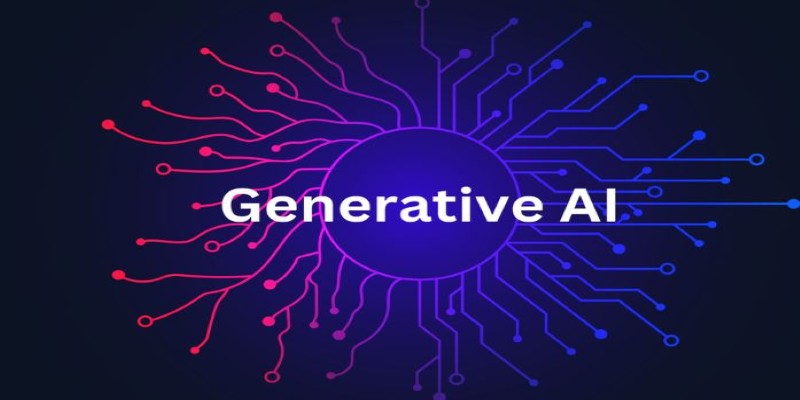
Ever wonder how generative AI went from clumsy experiments to powerful tools we use daily? See how small breakthroughs led to today’s rapid growth

Discover 8 effective ChatGPT prompt strategies that help reduce digital distractions and improve daily focus and clarity.

Google unveils the Veo video model on Vertex AI, delivering scalable real-time video analytics, AI-driven insights, and more
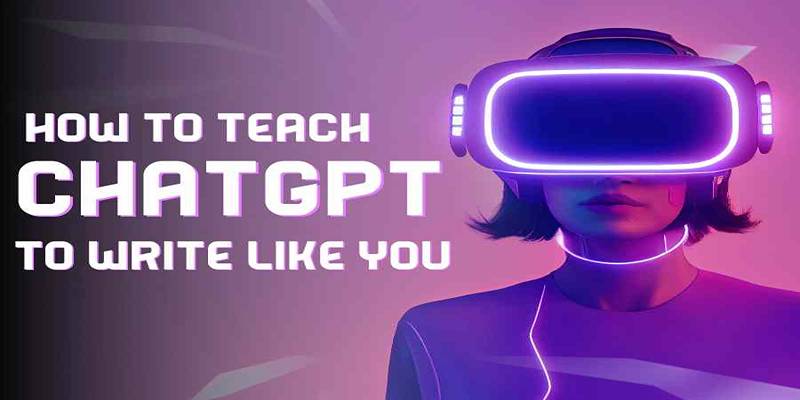
Learn how to train ChatGPT to match your writing style by using samples, structure, and style cues for accurate results.
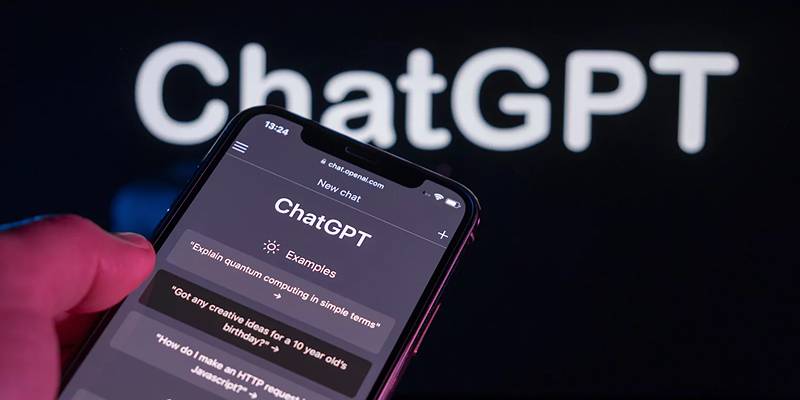
Many users say ChatGPT feels less intelligent, but OpenAI insists the AI model is smarter and safer with every new update.

Snowflake unveils new AI and security features to enhance machine learning, data protection, and scalability for businesses

Need to remove an image background in seconds? Learn how Erase.bg makes it quick and easy to clean up product photos, profile pictures, and more with no downloads required
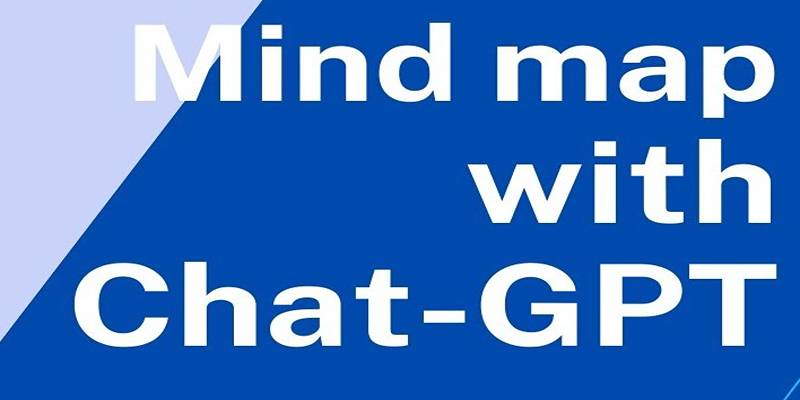
Boost creativity and structure in brainstorming by combining mind maps with ChatGPT for faster, clearer idea generation.

Learn how GPT4All runs offline, what makes it unique, and why it’s a secure, open-source alternative to cloud AI models.
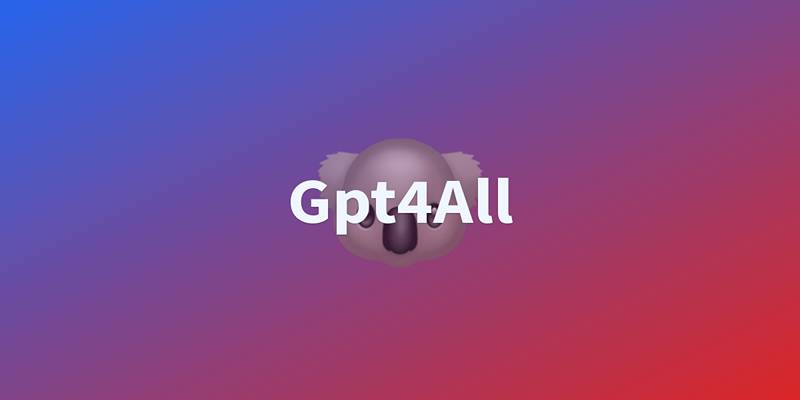
Install GPT4All on your Windows PC and run a ChatGPT-style AI chatbot offline, privately, and completely free of charge.